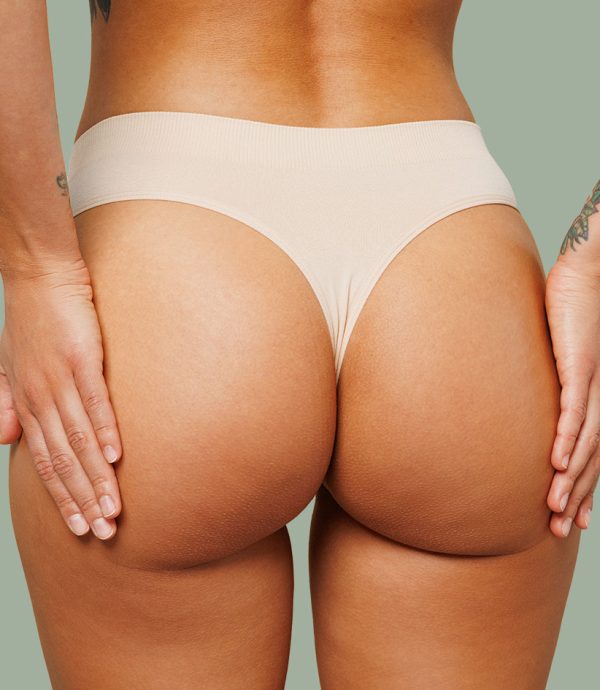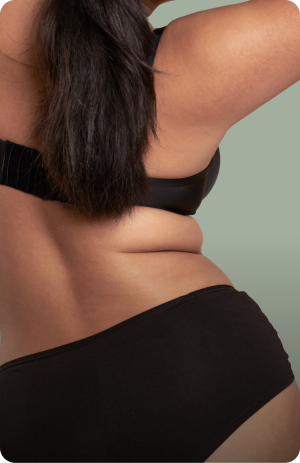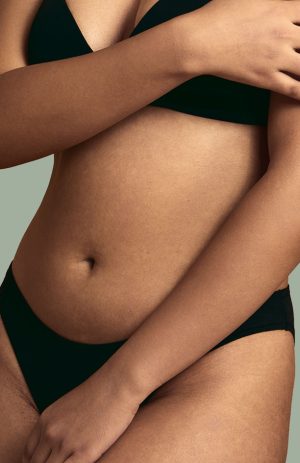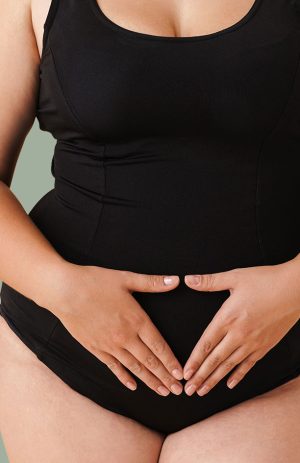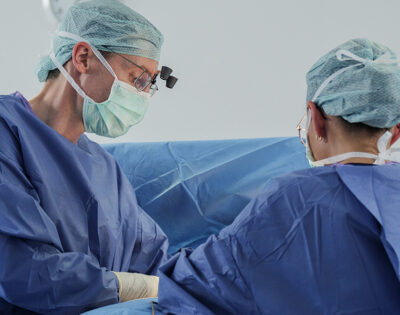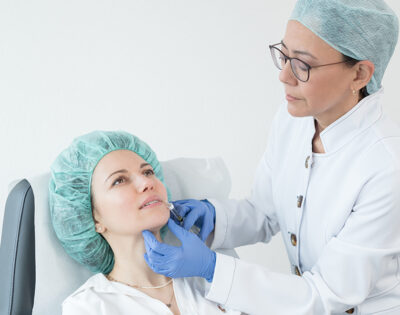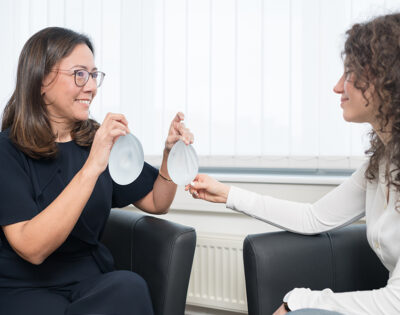Buttock lift and Brazilian butt lift in Saarbrücken
The perfectly shaped female buttocks or the striking contours of the male buttocks were already a recurring motif in Greek sculptures in antiquity. This area of the body has a special appeal for both men and women. The oldest sculpture of a human found to date (“Venus of Hohle Fels”, around 40,000 years old) is evidence that curves have always been a symbol of beauty in women.
These parts of the body can change significantly after weight fluctuations, with age or due to congenital tissue weakness. The shape and silhouette of the buttocks may then no longer be in harmony with the other body proportions. To restore beautiful contours, not only the buttocks, but also the hips, thighs and loins should be considered. The ideal buttock contours are characterized by various features.
What our patients say
Information at a glance
Operation duration
4 hours
Anesthesia
Twilight sleep
Hospitalization
Outpatient
Costs
Aftercare
6 weeks
Thread tension
Self-dissolving threads
Socially acceptable
after 5 days
Additions or alternatives
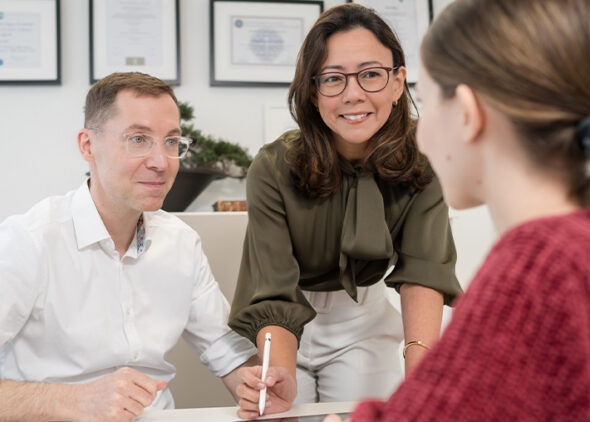
Correcting the contours of the buttocks
Recess on the outside of the buttocks
The region between the large and middle gluteal muscle on the one hand and the outer broad thigh muscle on the other forms a hollow. As men generally have a thinner layer of subcutaneous fatty tissue, this depression is more pronounced in men than in women.
Buttock crease
This horizontal fold is located below the ischial tuberosity and is formed at the border between the gluteus maximus and the hamstrings.
Venus dimple (Fossula lumbalis)
Here the skin is firmly fused with short connective tissue fibers to the bony prominence at the posterior end of the iliac crest. The large gluteal muscle extends below it, the middle gluteal muscle to the side, the very broad back muscle towards the head and the back muscles towards the middle.
V-shaped pleat
This striking contour is created at the base of the large gluteal muscle on the sacrum. As the subcutaneous fatty tissue is characteristically more pronounced on the buttocks than on the sacrum, the indentation is even more pronounced.
Buttock projection
An accentuated bottom silhouette results from the different thickness of the subcutaneous fatty tissue on the buttocks and the sacrum. A hollow back can reinforce this impression.
Modern methods are available today to make various corrections.
Buttock contouring techniques
Buttock augmentation with autologous fat
Butt augmentation with autologous fat, also known as a “Brazilian butt lift”, effectively serves to
- Improvement of the projection of the buttocks and
- the correction of side differences and irregularities.
Upper buttock lift
The upper buttock lift in combination with a tummy tuck is particularly effective for
- Tightening of the pos.
- Improving the projection of the buttocks.
Liposuction of the loins and hips
Liposuction of the loins and hips is very helpful for
- emphasize the projection of the buttocks.
- remove unwanted fat deposits.
Needling
A needling treatment effectively leads to a:
- Fading of stretch marks on the buttocks
Procedure of a Brazilian Butt Lift

Preparation
- Buttock contouring should be performed when you have reached your desired weight.
- Any questions about possible complications and alternative forms of treatment should be answered before the procedure.
- Keep nicotine and alcohol consumption to a minimum.
- You may need to temporarily stop taking hormone-containing medication (e.g. the pill).
- Blood-thinning medication (e.g. Thomapyrin®, ASS) must be taken at least once a week. 10 days before the operation (after consultation with your doctor).
- Vitamin preparations (A, E) and food supplements (St. John’s wort preparations, omega-3 fatty acids, etc.) are at least as important. 4 weeks before the procedure.
- Shower with a disinfectant soap (e.g. HiBiScrub® Plus, Prontoderm® Shower Gel or Octenisan® Wash Lotion) on the day of the operation.
- Operations restrict your ability to travel by air. You should therefore not plan any air travel for the 6 weeks following the operation.
- You should always take out follow-up cost insurance before undergoing aesthetic procedures.
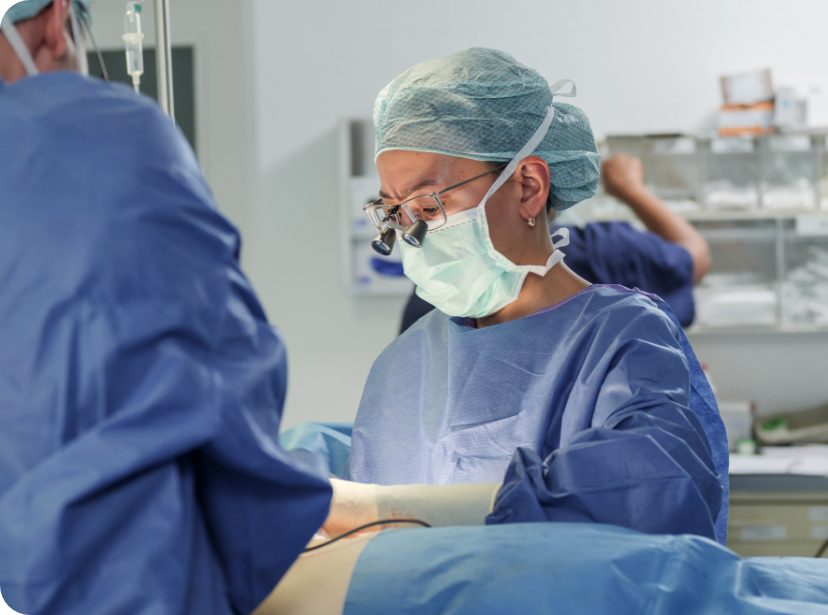
The OP
Before the procedure, the areas to be treated are marked in a standing position. You will then be given a sleeping pill via a cannula so that the rest of the procedure will pass you by. If the operation is performed in twilight sleep, the surgeon injects a sterile physiological water-adrenaline solution with anesthetic (“tumescent local anesthesia”). The surgical areas are numb within 5 to 10 minutes. If you are not sleeping deeply, the most you will feel is that something is going on with your skin.
In the case of general anesthesia, the centrally acting painkillers replace the local anesthetic of the water-adrenaline solution.
The so-called tumescent technique is used to operate more gently and prevent the formation of bruising and contour irregularities. The previously marked areas are injected. The fat is injected and suctioned out using fine microcannulas, which are inserted into the subcutaneous fatty tissue of the marked areas through tiny incisions of around 2 to 3 mm in the skin. After the tissue has been infiltrated and loosened, the excess fatty tissue is removed using negative pressure and an aspiration cannula. The plastic and aesthetic surgeon guides the cannulas through several openings in a fan shape to ensure the most even suction possible. In the autologous fat treatment, fat tissue cells are suctioned out and then purified and filtered in order to deliver them precisely to the buttocks at a suitable location via small 2 mm punctures. The transplanted autologous fat cells are used to build up volume and improve the contour. On average, around 400 ml of autologous fat is applied per session.
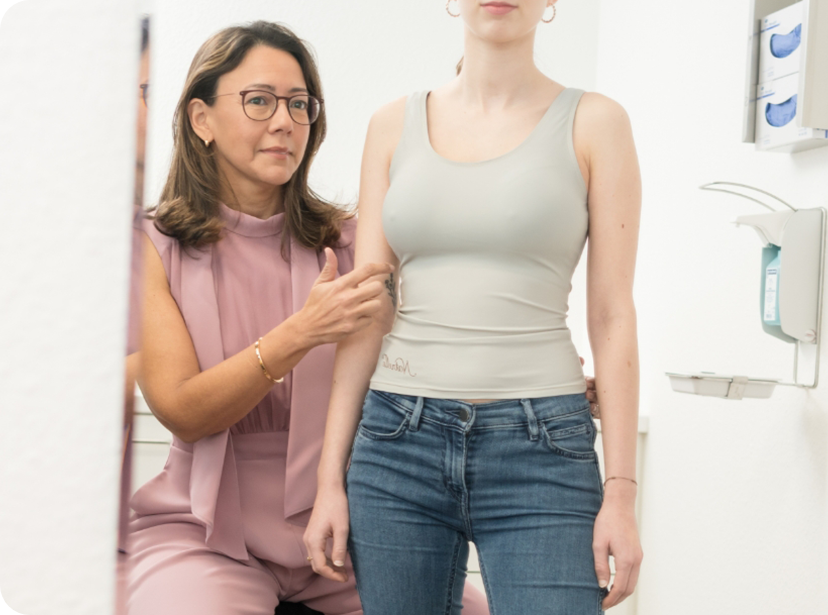
After the procedure
- This is followed by regular checks on your well-being and the results of the operation.
- Sitting or lying on your back should be avoided in the first two weeks and then reduced to a minimum by the 6th week.
- Showering is possible immediately before your wound check from the 3rd postoperative day.
- The skin sutures are removed between the tenth and fourteenth postoperative day.
- Previously customized compression garments should be worn continuously for 6 weeks.
- From the 3rd postoperative week, it is recommended to massage the scars several times a day. You should do this for a few minutes in a circular pattern and along and across the course of the scar with greasy creams, as this helps to make the scars less noticeable. Suitable products include Bepanthen® ointment or Linola® grease.
- Bending down, lifting heavy loads, saunas, sexual intercourse and sporting activities (including swimming) should be avoided for four weeks. If swelling persists, extend this recovery phase.
- Excessive UV radiation (solarium/sunbathing) is not recommended for at least one year. Avoid for 3 months.

AUTHOR
Dr. Stéphane Stahl
We provide you with extensive expert knowledge in order to select the best possible treatment path together with you.
Privatdozent Dr. med. Stéphane Stahl is the former Director of the Clinic for Plastic, Reconstructive and Aesthetic Surgery / Hand Surgery at Lüdenscheid Hospital. Dr. Stahl studied medicine at the Universities of Freiburg and Berlin.
He passed the European specialist examination for plastic and aesthetic surgery in 2011 and the German specialist examination in 2012. This was followed by further specialist qualifications and additional qualifications (including quality management, medical didactics, physical therapy, emergency medicine, laser protection officer, hand surgery) as well as prizes and awards.
In 2015, he completed his habilitation in plastic and aesthetic surgery in Tübingen. He is an experienced microsurgeon, sought-after expert witness and regular speaker at specialist congresses. Following a multi-stage selection process, Stéphane Stahl became a member of the American Society for Aesthetic Plastic Surgery (ASAPS), one of the world’s largest and most influential specialist societies for aesthetic surgery.
His authorship includes numerous articles in prestigious peer review journals and standard surgical textbooks.
You might also be interested in
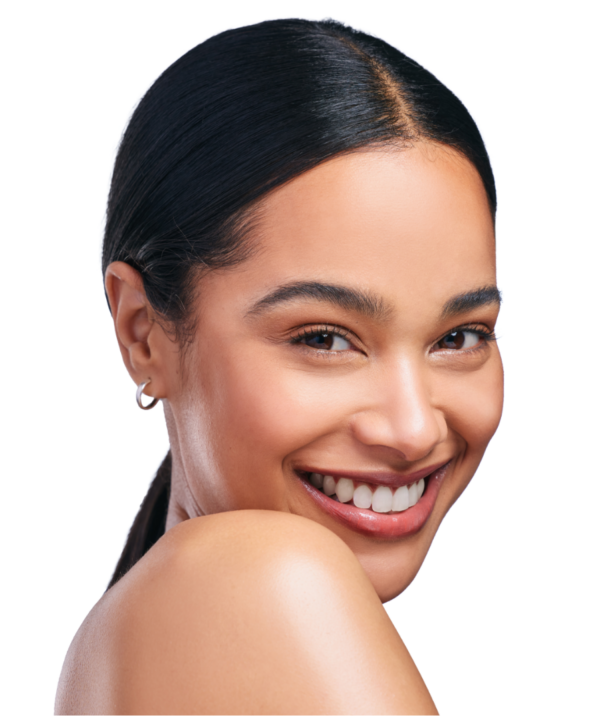
Personal advice
We take time for you and offer you customized advice and treatment for your individual result.
